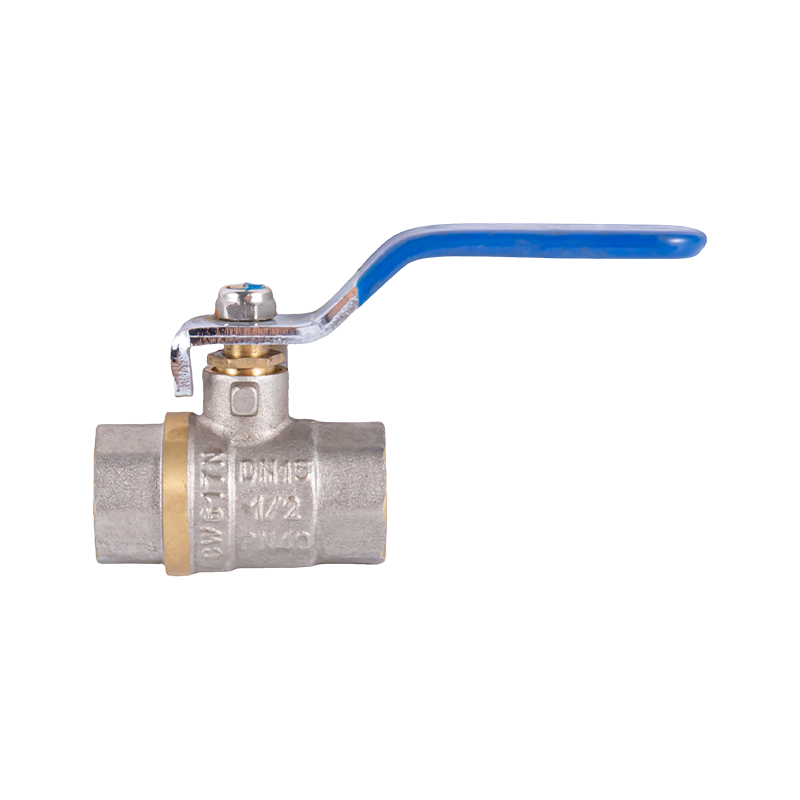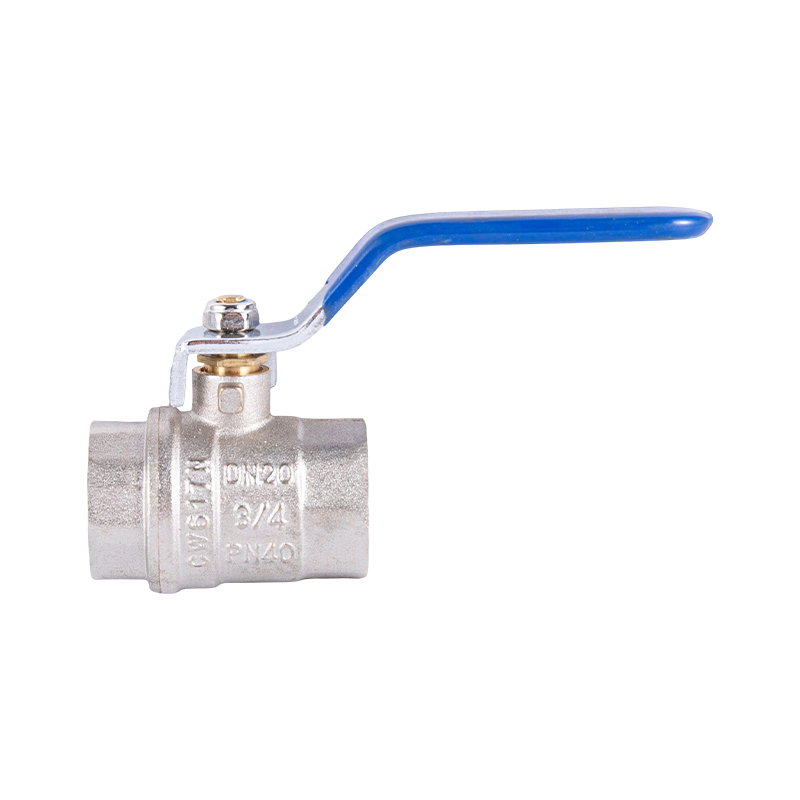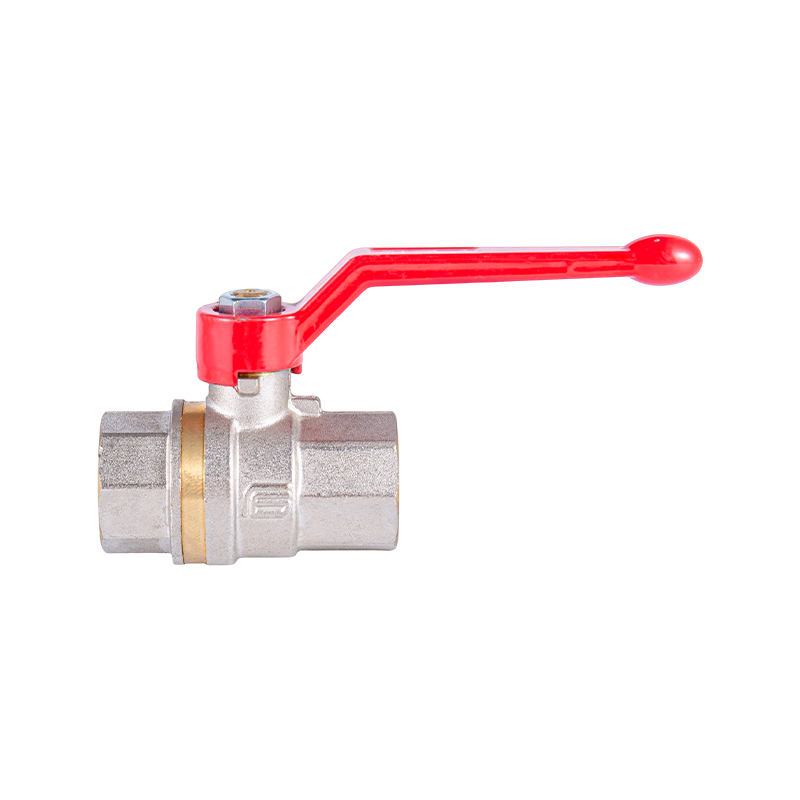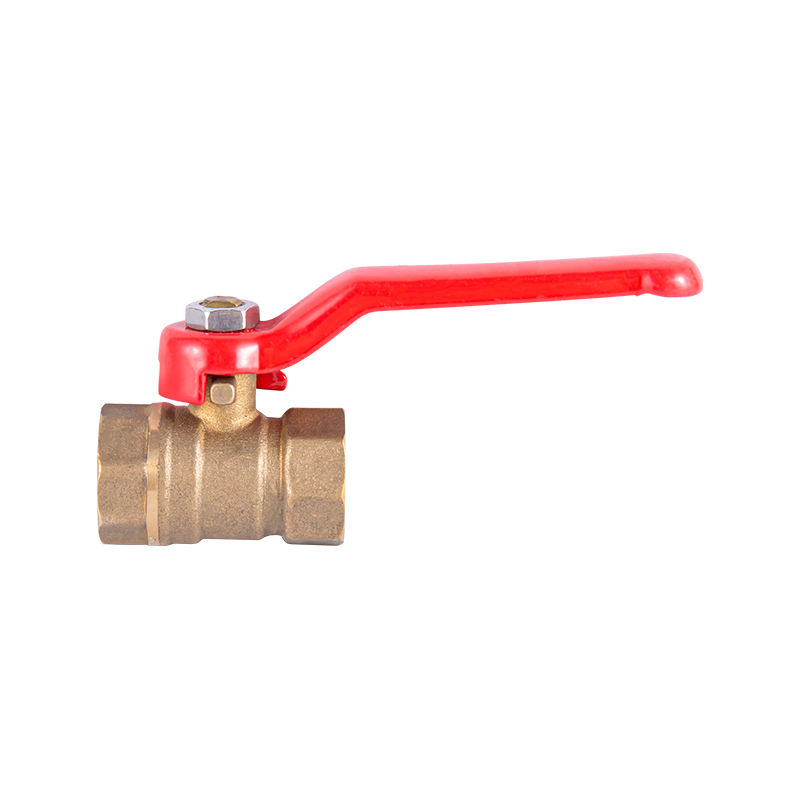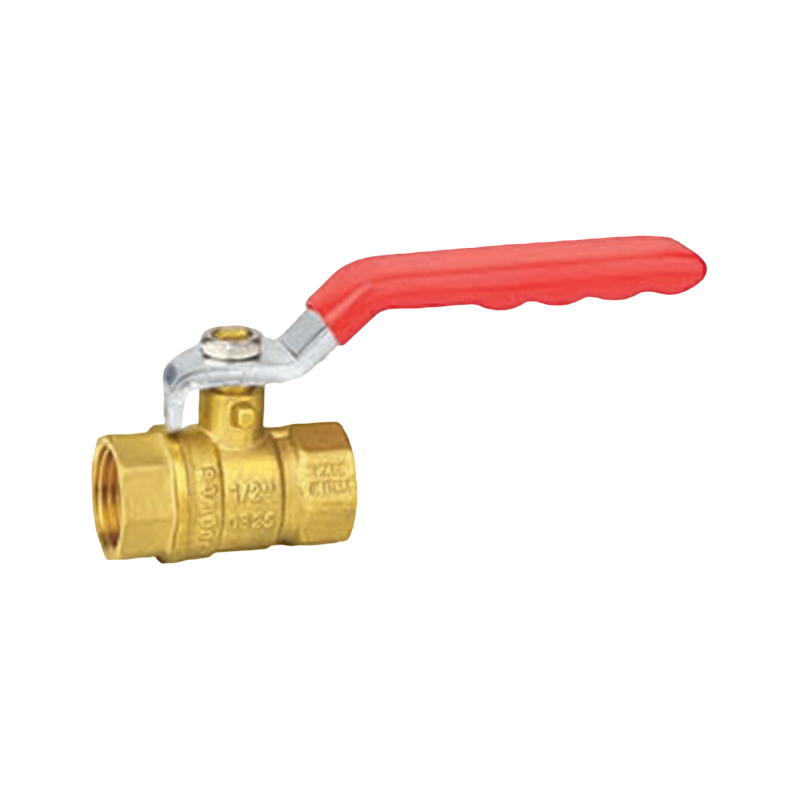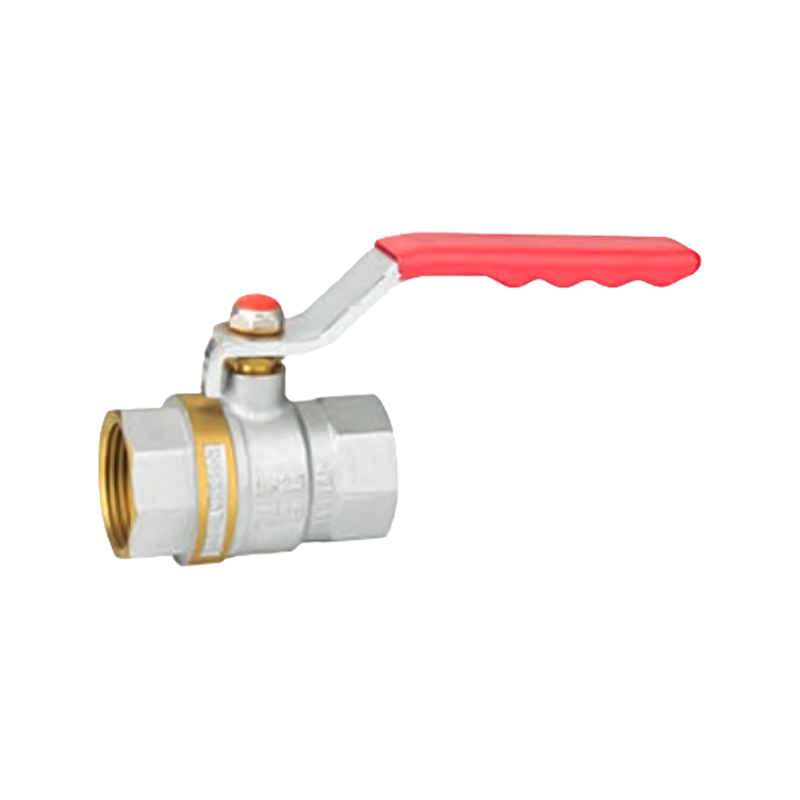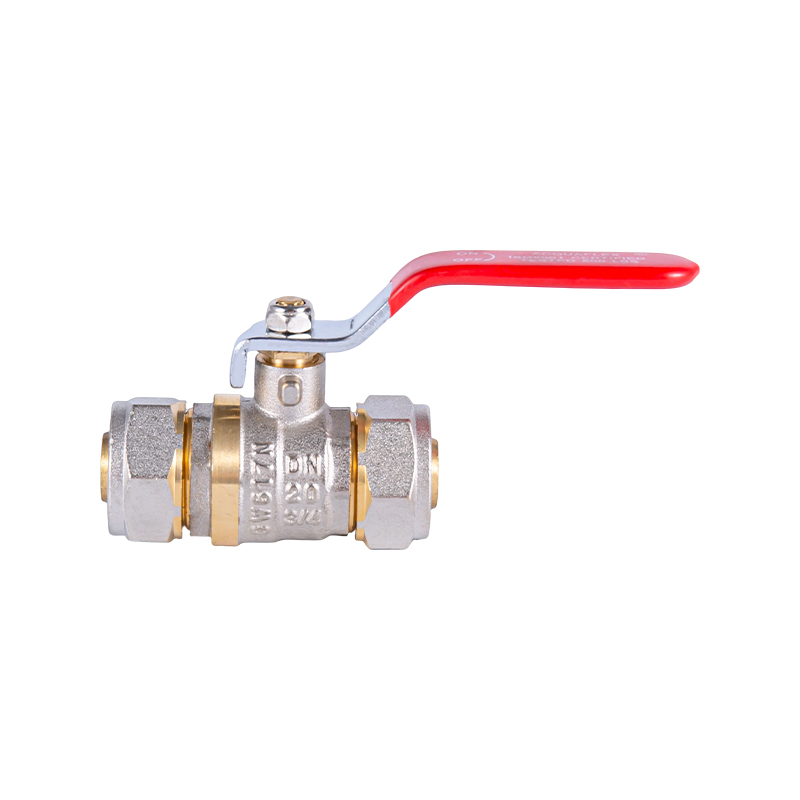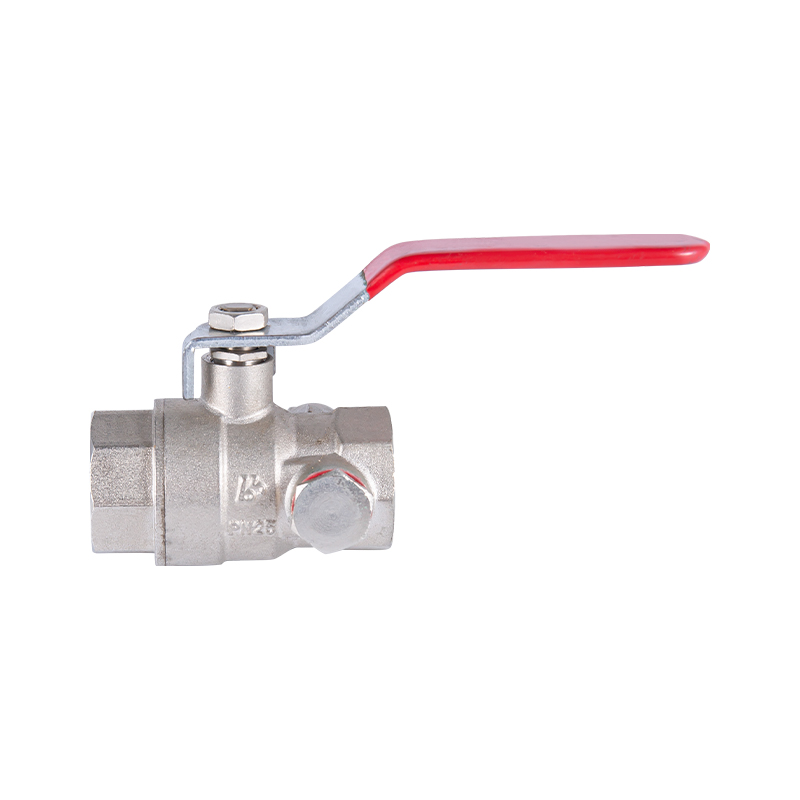Check-In Valve Designs Improve Safety Features In Pipelines
Pipeline safety remains a critical consideration in industrial systems, especially in sectors such as oil, gas, and chemical processing. Recent advancements in valve design have contributed to more reliable operations, with check in valve mechanisms gaining attention for their ability to enhance safety and efficiency. These valves play an essential role in preventing backflow, maintaining consistent pressure, and supporting overall pipeline integrity. Among the innovations, the integration of Mini Valve components has provided additional flexibility in compact or complex systems.
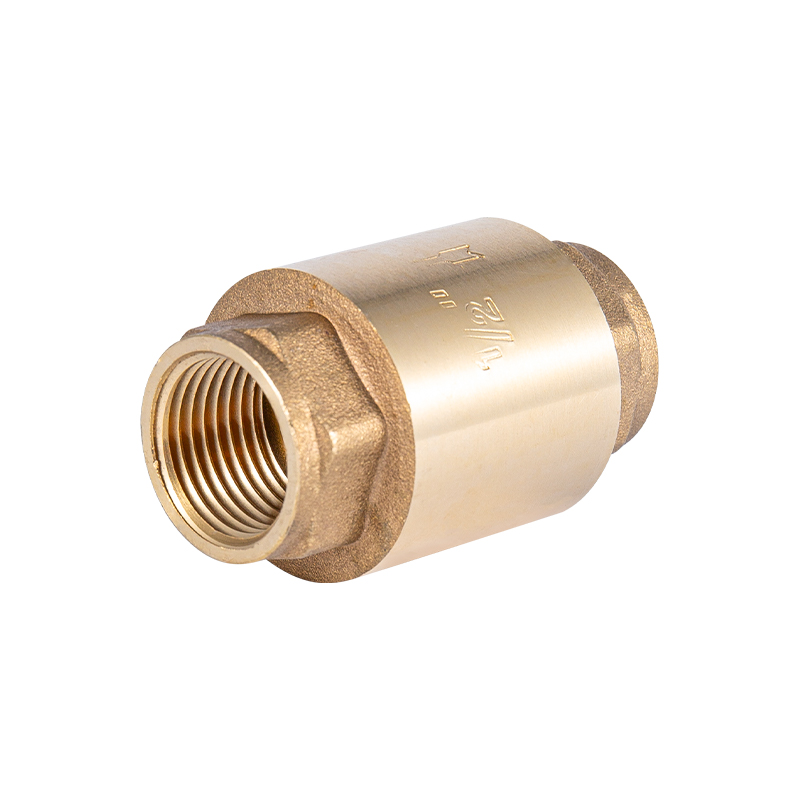
Enhancing Pipeline Safety with Check-In Valves
Check-in valves function as crucial safeguards in pipeline networks, allowing fluid to flow in a single direction while restricting reverse movement. This simple yet effective design mitigates the risk of contamination, equipment damage, and unexpected shutdowns. In modern installations, check-in valves are engineered to accommodate fluctuating pressures and varying flow rates without compromising reliability. By carefully considering the placement and specifications of these valves, engineers can create systems that less operational hazards while maintaining steady throughput. The inclusion of Mini Valve units in smaller branches or specialized sections of the pipeline further contributes to controlled flow, especially in areas with limited space or high precision requirements.
Applications of Mini Valve Components
Mini Valve devices offer compact solutions where traditional valves may not fit or where fine control over flow is necessary. These components are often used in monitoring stations, instrumentation lines, and localized fluid circuits. By combining Mini Valve technology with larger check-in valve setups, pipelines achieve layered protection against backflow and pressure fluctuations. The small size of Mini Valve units does not limit their effectiveness; instead, it allows for flexible installation in areas that would otherwise be challenging for conventional components. Over time, these valves have become standard considerations in safety-oriented pipeline designs.
Design Considerations for Improved Performance
When incorporating check-in valves into a pipeline, several factors influence their performance. Material selection is critical, as it determines durability, chemical resistance, and temperature tolerance. Additionally, the internal mechanism of the check-in valve—whether swing, lift, or piston type—affects how smoothly fluids pass through while preventing reverse flow. Mini Valve components also require attention to valve seat alignment, sealing integrity, and response speed. Properly configured systems can prevent backpressure, reduce wear on pumps, and maintain consistent operational conditions. In some cases, combining multiple Mini Valve units with larger check-in valves creates redundancy that further enhances system resilience.
Impact on Industrial Operations
The adoption of check-in valve designs in conjunction with Mini Valve units has led to measurable improvements in pipeline safety and reliability. Reduced incidents of backflow help maintain product quality and reduce maintenance costs. In addition, carefully engineered valves less the risk of pressure surges, which can damage sensitive equipment or trigger emergency shutdowns. Industrial operators increasingly recognize that the strategic use of these valves contributes to smoother, safer, and more predictable system behavior.
Future Trends in Valve Safety
As industries continue to prioritize safety and efficiency, the role of check-in valves and Mini Valve components is expected to grow. Innovations in materials, automation, and compact designs are expanding the possibilities for integrating these valves into diverse pipeline environments. Moreover, real-time monitoring systems can work alongside these valves to provide instant feedback on flow conditions, allowing operators to respond quickly to irregularities. The combination of intelligent design and reliable components ensures that pipelines remain secure while adapting to evolving operational demands.
Check-in valve designs, complemented by Mini Valve integration, provide a robust approach to enhancing safety features in pipelines. By preventing backflow, controlling pressure, and offering flexible installation options, these valves address critical challenges in industrial fluid management. Their continued development reflects a broader commitment to safe, efficient, and resilient pipeline operations.
-
Feedback


 English
English 中文简体
中文简体 русский
русский Email us now!
Email us now!
